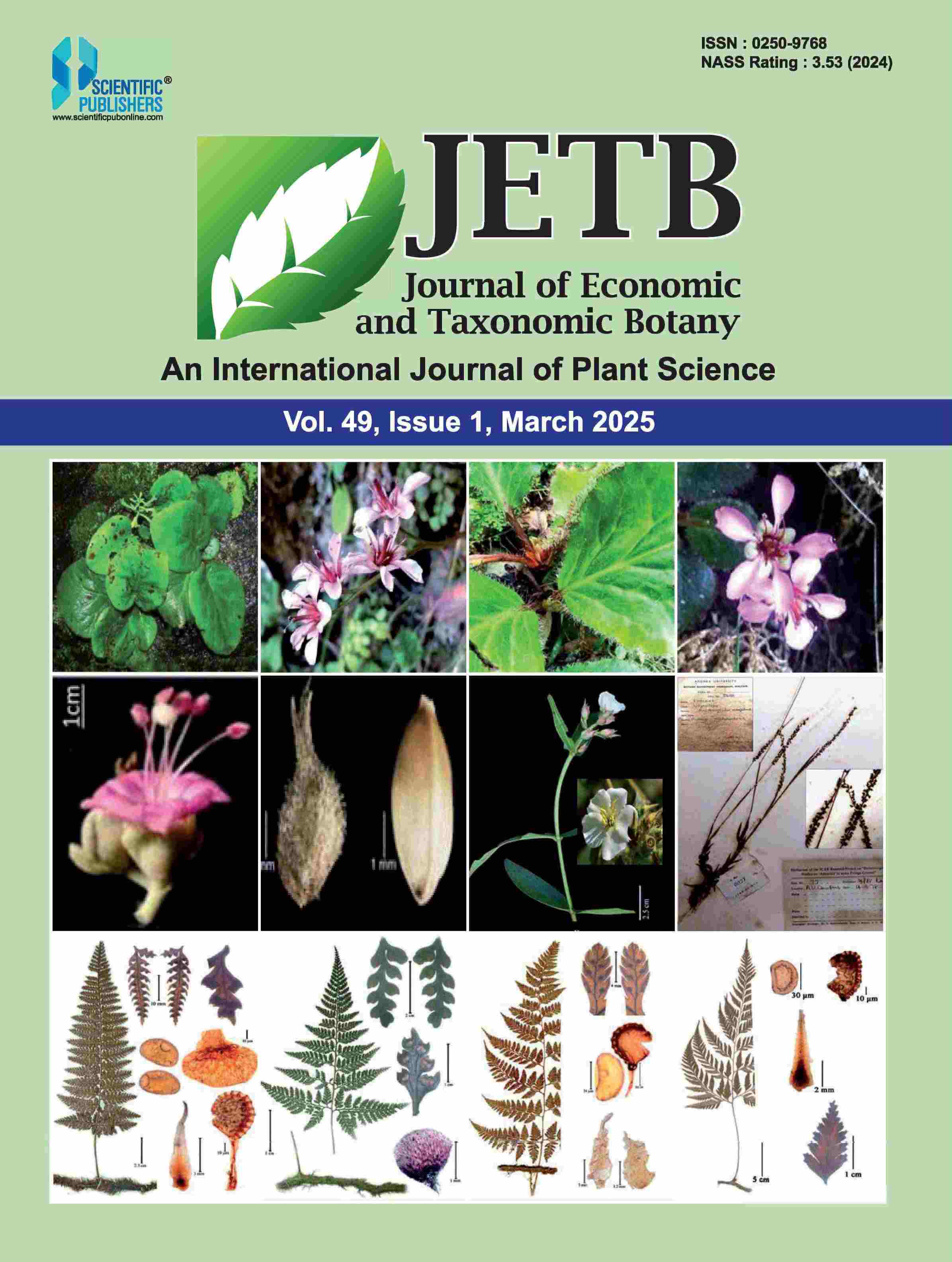The plant resources of Sitamata Wildlife Sanctuary for family acanthaceae were studied and analyzed. During the study 17 genera and 20 species of this were recorded. The sanctuary is characterized by herbs dominate the flora followed by trees, climbers and shrubs. Dominance of phanerophytes indicates the tropical moist and humid climate. Adhatoda zeylanica Medic. and Carvia callosa (Nees) Bremek is rare species in this sanctuary while most frequent occurring species is Barleria cristata L. Species such as Eranthemum purpurascens Wight ex Nees is localized along the river corners. The medicinal uses by tribes of this family were also recorded. Proper conservation and management plans are needed to save the natural resources, especially medicinal plants, of this sanctuary.






